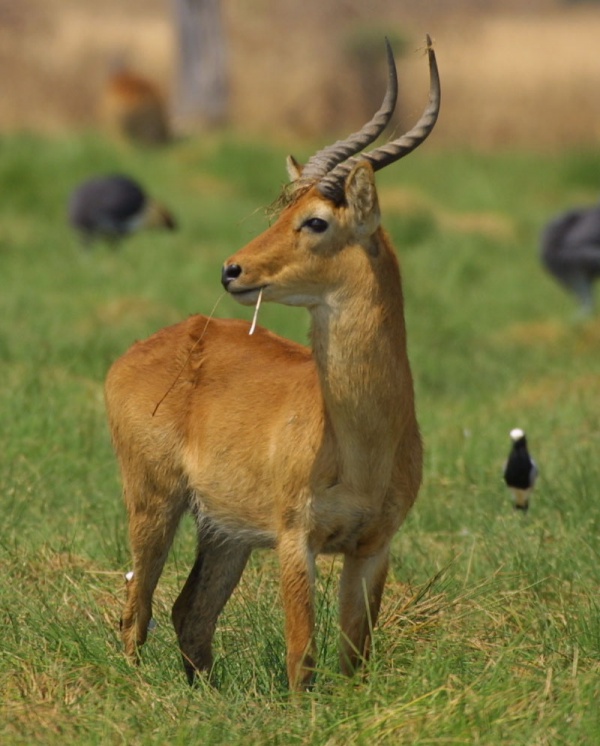Facts About Puku
The puku is a medium-sized antelope that thrives in the wet grasslands of southern Democratic Republic of Congo, Namibia, Tanzania, and Zambia. Sadly, about one-third of the puku population now resides in protected areas, zoos, and national parks due to habitat loss.
Pukus stand approximately 80 cm tall at the shoulder and weigh between 70 and 80 kg. They have a sandy brown coat with a lighter-colored belly, and males feature distinctive, ridge-structured horns. These antelopes primarily feed on grasses and are most active during the early morning and late afternoon, making them crepuscular animals.
When they sense danger, pukus emit a sharp, shrill whistle to alert others. Female pukus tend to gather in herds, with larger groups forming during the rainy season for better protection. Males, on the other hand, establish territories and strive to keep female herds within their boundaries.
During the wet season, pukus migrate to higher ground to avoid flooding, while in the dry season, they stay close to water sources. There are two recognized subspecies of puku: the Senga Puku and the Southern Puku.

 Angola
Angola